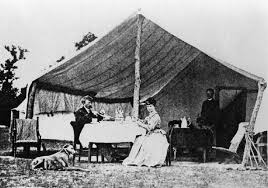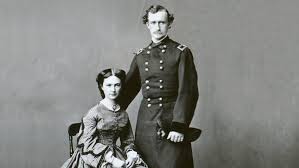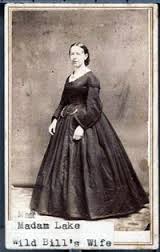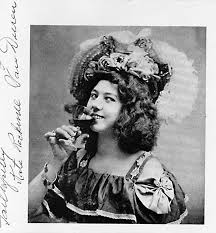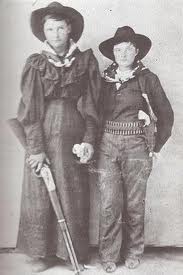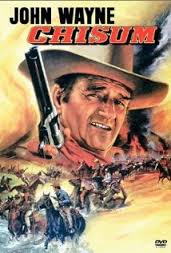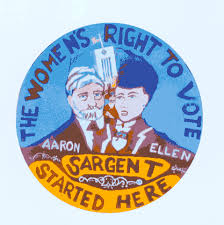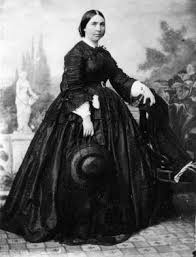Enter now for a chance to win a copy of the book
None Wounded, None Missing, All Dead: The Story of Elizabeth Bacon Custer.
“General Custer has elements of character which will develop…and, dear girl, some of that development rests with you.”
Elizabeth Custer’s friend Laura Noble about her relationship with George – January 1864
Elizabeth paraded proudly around a small table set with a pristinely polished silver tea service and silver dinnerware. The elegant tea service came from the men in George’s command, the 7th Michigan Cavalry. The dinnerware was a present from the 1st Vermont Cavalry. Both were not only generous wedding presents, but also a show of support for the boy General and his leadership skills.
Elizabeth adjusted a vase of wild flowers in the center of the plates and cups then stood back to admire the scene. Hanging over the table was large photograph of George, resplendent in a crisp uniform. Elizabeth smiled at the image the staring back at her. Eliza Brown, the Custer’s capable cook and maid, watched the delighted bride through a crack in the kitchen door continue to fuss with the items on the table in an effort to make everything as perfect as she could.
Outside the sturdy, two-story farm house in Culpepper County, Virginia near the small town of Stevensburg, where Elizabeth and her new husband made their home, a myriad of troops were hustling about. George rode into the winter encampment of the Union Army barking orders at his regiment to get to their bunks and prepare for the evening meal. Hundreds of soldiers rushed about doing the duties they were ordered. Many of the men that made up the crude post were young and eager, others were much more senior with gray hair and weathered faces. Elizabeth noted that George was an imposing figure among the troops, his uniform hung well on his tall frame. His saber and scabbard were strapped to his waist and held in place with a silk sash.
Before swinging easily out of his saddle George scanned the area beyond the prairie road leading to the campsite. In the near distance he could see numerous furrows of jet-black glistening sod and a lone farmer guiding a plow being pulled by a mule team over the soil. Smoke from a chimney on a house next to the field lifted lazy blue wreaths into the sky. George called out to one of his older officers and issued instructions Elizabeth could barely hear. She glided over to George’s side just as the soldier left to carry out his job. “Do they obey you?” she asked. “Yes,” George replied laughing, “and I shall reduce you to subjection sometime.” Elizabeth laughed out loud at the notion.
To learn more about Elizabeth Bacon Custer and her marriage to George Armstrong Custer read
None Wounded, None Missing, All Dead: The Story of Elizabeth Bacon Custer.

